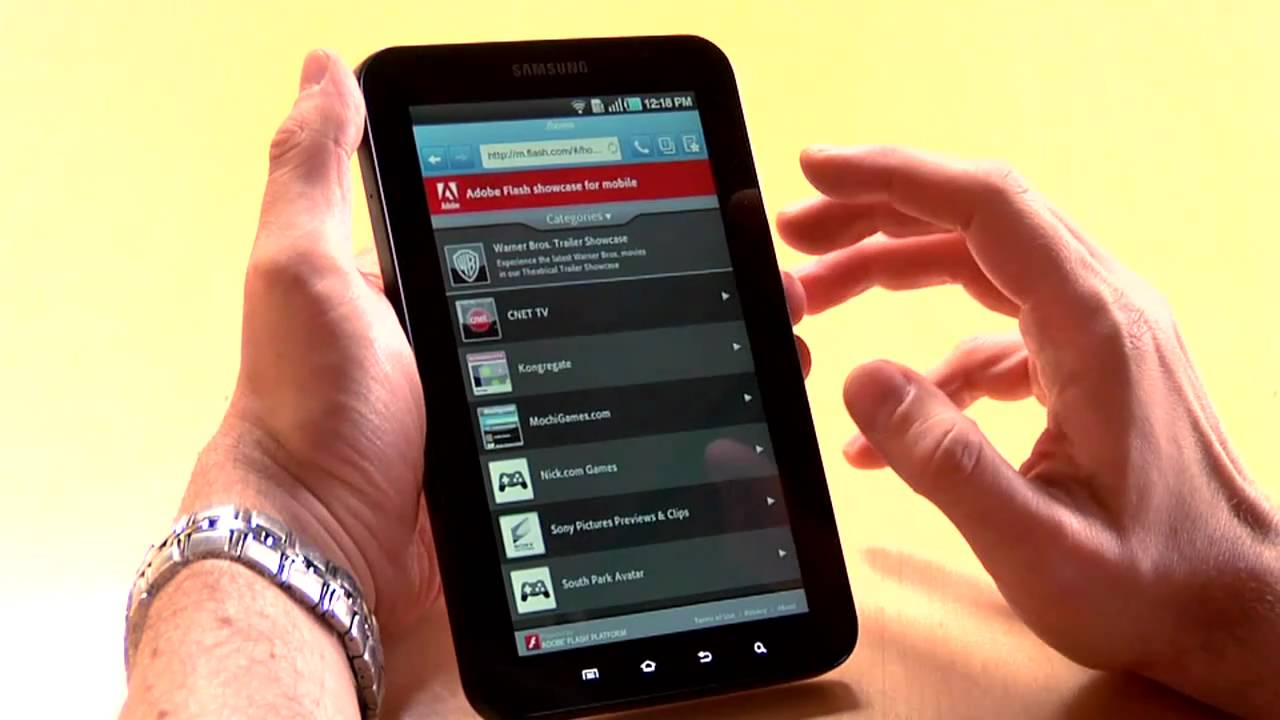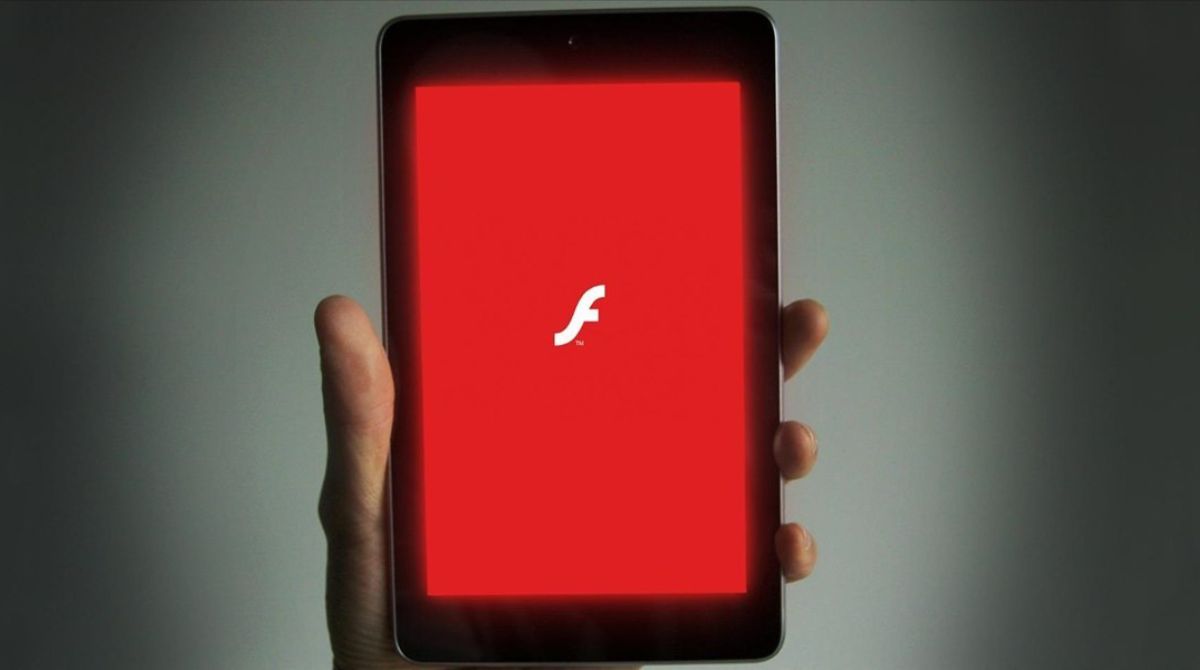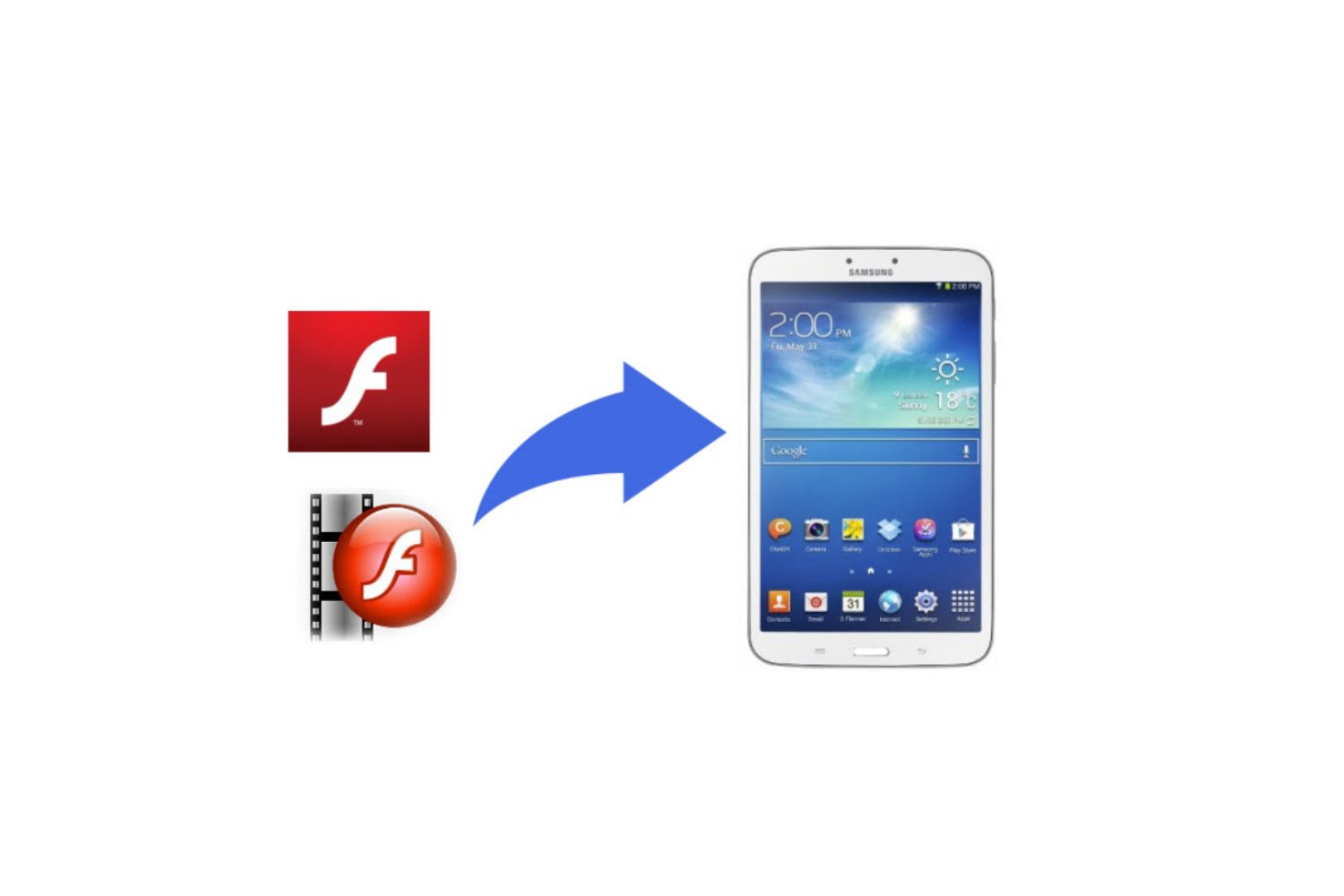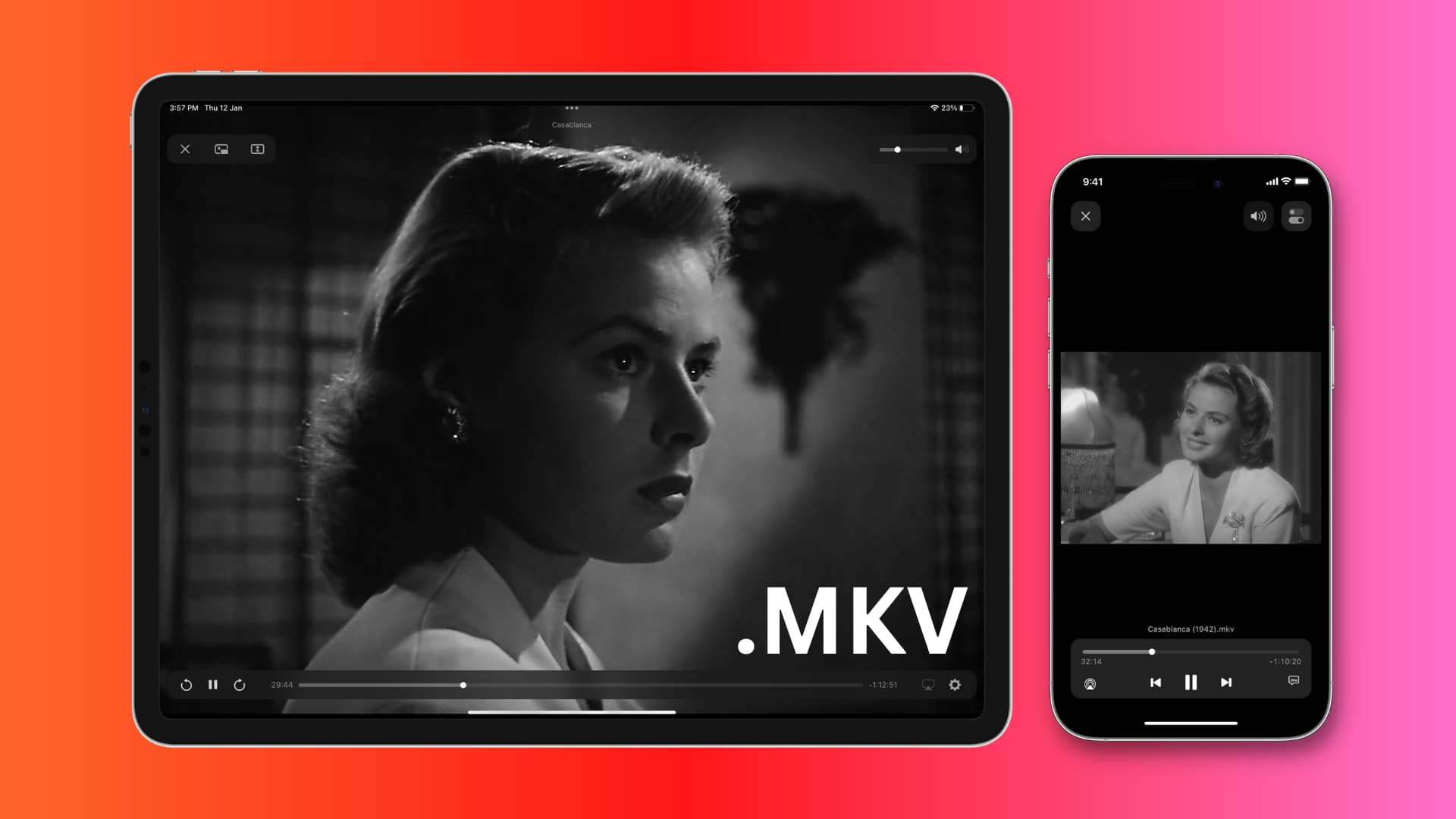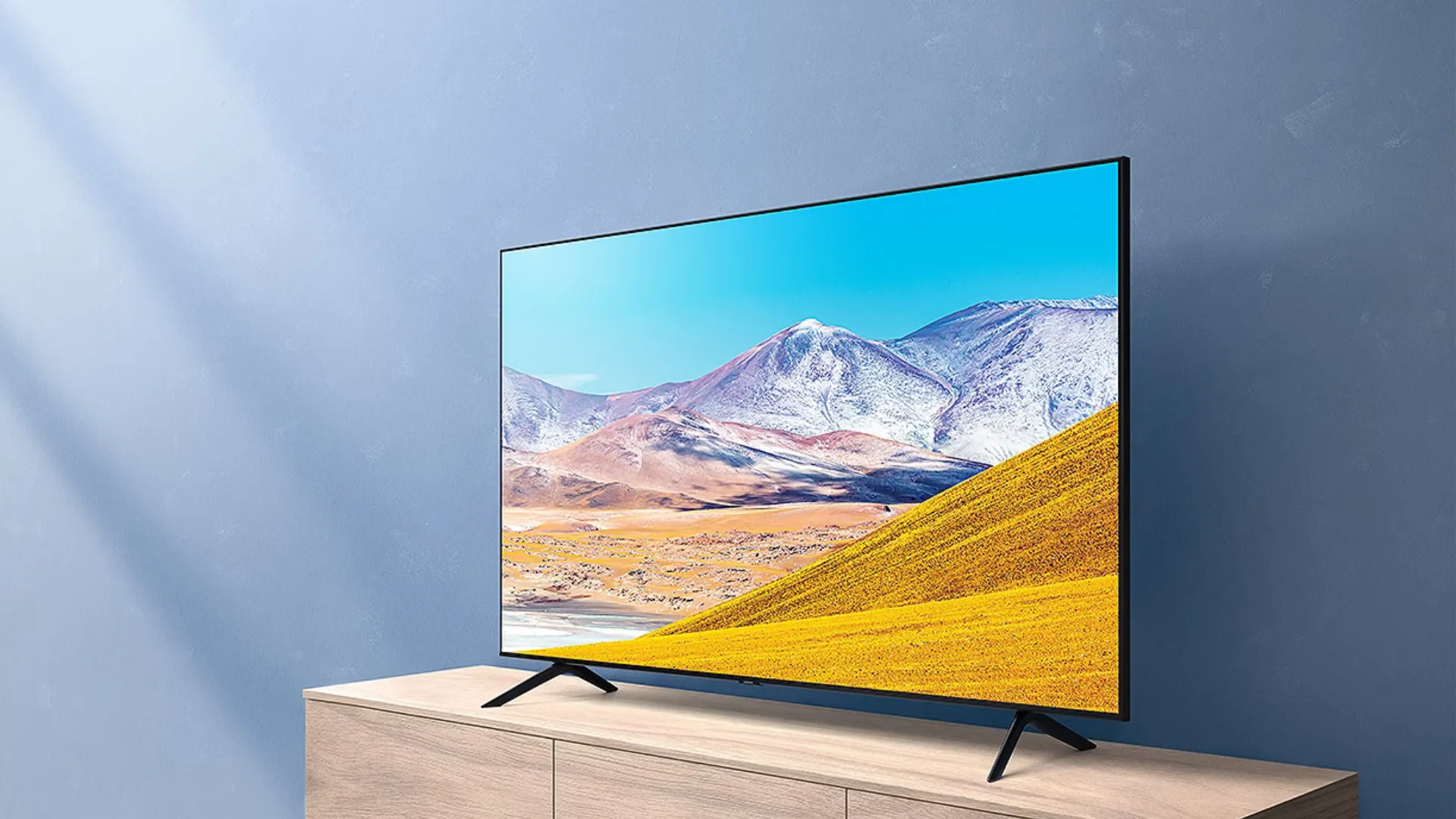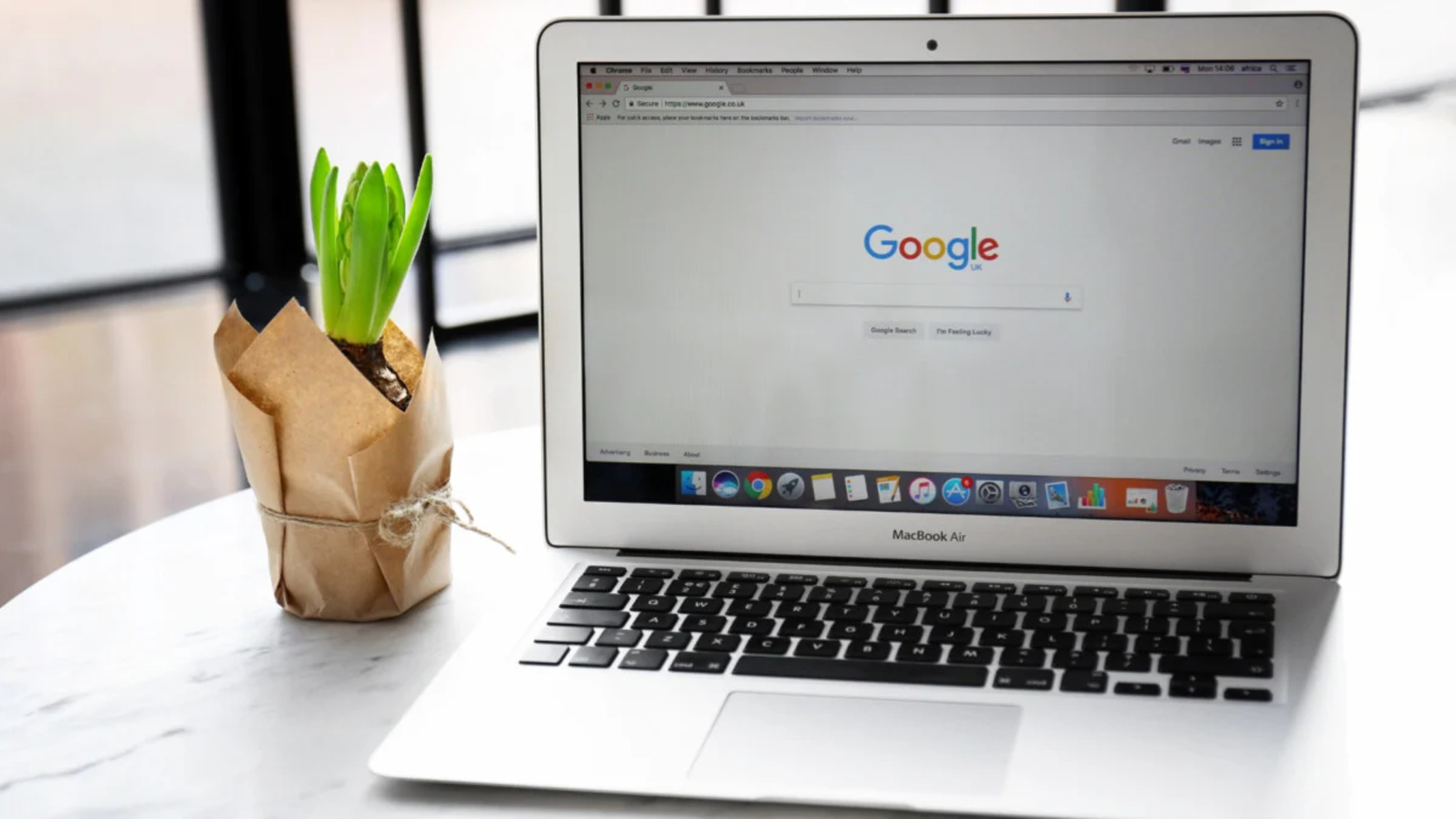Introduction
The Adobe Flash Player is a widely used multimedia player that allows users to stream and view interactive content on websites. However, due to technological advancements and the shift towards HTML5, Adobe has officially ended support for Flash Player on Android devices. As a result, Android tablets no longer come with pre-installed support for Flash.
But what if you still need to access Flash content on your Android tablet? Fortunately, there are still ways to get Adobe Flash Player on your device and enjoy Flash-based websites and applications. In this article, we will guide you through the process of getting Adobe Flash Player on your Android tablet.
Before we dive into the steps, it is important to note that this process involves downloading APK files from sources other than the Google Play Store. While we will guide you through the process in a safe and responsible manner, it is crucial to exercise caution when downloading and installing apps from unknown sources, as it may pose security risks.
Now, without further ado, let’s explore how to get Adobe Flash Player on your Android tablet and enjoy Flash content once again.
Understanding Adobe Flash Player
Before we proceed with the steps to get Adobe Flash Player on your Android tablet, it is essential to understand what Adobe Flash Player is and why it is no longer supported on Android devices.
Adobe Flash Player is a browser plugin that allows users to play multimedia content, such as videos, animations, and interactive applications, on websites. It was widely used in the past but has become less prominent in recent years due to the advent of alternative technologies like HTML5, which offer better performance, security, and compatibility.
As mobile devices evolved and the demand for better user experiences increased, Adobe made the decision to discontinue support for Flash on mobile platforms. This means that Adobe no longer provides updates or security patches for the Flash Player on Android devices.
Furthermore, major web browsers, such as Google Chrome and Mozilla Firefox, have also dropped support for Flash due to its vulnerabilities and performance issues. This shift towards HTML5 and other modern web technologies has made it necessary to find alternative methods for accessing Flash content on Android tablets.
Now that we have a basic understanding of Adobe Flash Player and its limitations on Android devices, let’s proceed to the steps involved in getting Flash Player on your Android tablet.
Step 1: Checking Device Compatibility
Before proceeding with the installation process, it is important to check whether your Android tablet is compatible with Adobe Flash Player. Unfortunately, not all Android devices support Flash, so it is necessary to ensure compatibility.
To check if your device is compatible with Flash Player, follow these steps:
- Open the Google Play Store on your Android tablet.
- Search for “Adobe Flash Player” in the search bar.
- If Flash Player is available and compatible with your device, it will appear in the search results. If not, you will not see the option to install Flash Player.
- If Adobe Flash Player is not available in the Google Play Store for your device, this indicates that your Android tablet is not compatible with Flash Player.
If you cannot find Adobe Flash Player in the Google Play Store, don’t worry. There are alternative methods to install Flash Player on your Android tablet that we will cover later in this guide.
It is important to note that even if your Android tablet is compatible with Flash Player, it may not offer the best experience due to the discontinuation of official support. Flash Player may exhibit performance issues, security vulnerabilities, and may not be compatible with the latest web technologies.
With the compatibility check covered, we can now move on to the next step, which involves enabling the “Unknown Sources” option on your Android tablet.
Step 2: Enabling “Unknown Sources” Option
In order to install Adobe Flash Player on your Android tablet, you need to enable the “Unknown Sources” option. By default, Android devices only allow the installation of apps from the Google Play Store, but we will enable this option to install Flash Player from other sources.
Follow these steps to enable the “Unknown Sources” option:
- Go to the settings on your Android tablet by swiping down from the top of the screen and tapping the gear icon, or by finding the settings app in the app drawer.
- Scroll down and find the “Security” or “Privacy” option, and tap on it.
- Look for the “Unknown Sources” option. It may be located under a different name, such as “Install apps from unknown sources”.
- Toggle the switch to enable the “Unknown Sources” option. You will see a warning message indicating the potential risks of enabling this option. Read the warning carefully and proceed if you understand the risks.
Enabling the “Unknown Sources” option allows you to install applications from sources other than the Google Play Store. Keep in mind that this option should be disabled after installing Adobe Flash Player to maintain the security of your Android tablet.
With the “Unknown Sources” option enabled, we can now move on to the next step, which involves downloading the Adobe Flash Player APK.
Step 3: Downloading the Adobe Flash Player APK
Since Adobe Flash Player is no longer available for download from the Google Play Store, we need to obtain the installation file, known as an APK (Android Package), from a trusted source.
Follow these steps to download the Adobe Flash Player APK:
- Open a web browser on your Android tablet.
- Search for “Adobe Flash Player APK” using the search engine of your choice.
- Choose a reliable website that offers APK files for download. It is important to download Adobe Flash Player from a trusted source to avoid any potential security risks.
- Once you have found a trusted website, navigate to the download page for Adobe Flash Player APK.
- Click on the download link or button to initiate the download process.
Once the download is complete, you will have the Adobe Flash Player APK file ready for installation on your Android tablet.
Before moving on to the next step, please ensure that you have downloaded the Adobe Flash Player APK from a reputable source to minimize any potential risks associated with downloading files from unknown sources.
With the Adobe Flash Player APK downloaded, we can now proceed to step 4, which involves installing the APK file onto your Android tablet.
Step 4: Installing the APK File
Now that you have successfully downloaded the Adobe Flash Player APK file, it’s time to install it on your Android tablet. Installing an APK file is slightly different from installing applications directly from the Google Play Store, but it is a straightforward process.
Follow these steps to install the Adobe Flash Player APK file:
- Open the file manager app on your Android tablet. If you don’t have a file manager app, you can download one from the Google Play Store.
- Navigate to the location where you saved the Adobe Flash Player APK file. It is usually located in the “Downloads” folder or the folder you specified during the download process.
- Tap on the APK file to begin the installation process. You may see a confirmation prompt regarding permissions and the installation source. Review the permissions and tap “Install” to proceed.
- Wait for the installation process to complete. It may take a few moments depending on your device’s processing power.
- Once the installation is finished, you will see a notification indicating that Adobe Flash Player has been successfully installed on your Android tablet.
With the Adobe Flash Player APK file installed, we can now move on to step 5, which involves configuring the Adobe Flash Player settings to ensure optimal functionality on your Android tablet.
Step 5: Configuring the Adobe Flash Player Settings
After successfully installing Adobe Flash Player on your Android tablet, it’s important to configure the settings to ensure optimal performance and compatibility with Flash content.
Follow these steps to configure the Adobe Flash Player settings:
- Launch the web browser you intend to use to access Flash content.
- In the browser’s address bar, type “about:plugins” (without the quotes) and press Enter.
- A list of installed plugins will appear. Locate “Adobe Flash Player” and tap on it to access the settings.
- Within the Flash Player settings, you may find options to enable or disable Flash, control the camera and microphone access, and manage storage settings for Flash content.
- Adjust the settings according to your preferences. For the best compatibility, it is recommended to enable Flash and allow necessary permissions.
Configuring the Adobe Flash Player settings ensures that your Android tablet is ready to handle Flash content as efficiently as possible.
Please note that enabling Flash and granting permissions should be done cautiously. Only allow Flash on trusted websites to mitigate potential security risks.
With the Adobe Flash Player settings configured, we can now move on to the final step, which involves testing Adobe Flash Player on your Android tablet to verify if it’s working correctly.
Step 6: Testing Adobe Flash Player on your Android tablet
Now that you have completed the installation and configuration of Adobe Flash Player on your Android tablet, it’s time to test whether Flash content works correctly in your web browser.
Follow these steps to test Adobe Flash Player:
- Open the web browser on your Android tablet.
- Navigate to a website that uses Flash content. This can be a video streaming site, a game site, or any other website that relies on Flash to display multimedia content.
- Try playing a Flash video or engaging with interactive Flash content on the website.
- If Adobe Flash Player is working correctly, you should be able to view and interact with the Flash content without any issues.
- If you encounter any problems, ensure that Flash is enabled in your browser’s settings and that you have granted necessary permissions to the website.
It’s important to note that due to the discontinuation of official support for Adobe Flash Player on Android devices, you may encounter compatibility issues, performance limitations, or missing features when accessing Flash content.
If you find that Flash content is not working as expected or if you encounter too many issues, consider using alternative technologies like HTML5 that are better supported on modern web platforms.
Congratulations! You have successfully completed all the steps to get Adobe Flash Player on your Android tablet and tested its functionality.
Remember to use Flash responsibly and only access Flash content from trusted sources to minimize potential security risks.
Conclusion
Although Adobe Flash Player is no longer officially supported on Android devices, you can still install and use it on your Android tablet to access Flash content. By following the steps outlined in this guide, you can enjoy Flash-based websites, videos, and interactive applications.
However, it’s essential to remember that using Adobe Flash Player on your Android tablet may come with certain limitations. As Flash is no longer actively maintained, it may have compatibility issues, security vulnerabilities, and performance drawbacks. It’s recommended to exercise caution when accessing Flash content and only visit trusted websites.
If you encounter any issues during the installation process or have concerns about the security implications of enabling unknown sources, it is best to seek assistance from a knowledgeable source or consider alternative technologies like HTML5 that offer a more secure and efficient browsing experience.
As technology continues to evolve, the need for Flash has diminished, and web developers have transitioned to using HTML5 and other modern web technologies. Thus, it is advisable to explore and embrace these newer technologies to stay up to date with the changing landscape of the internet.
With that said, we hope this guide has helped you navigate the process of getting Adobe Flash Player on your Android tablet. Enjoy accessing Flash content responsibly and make the most out of your browsing experience!







